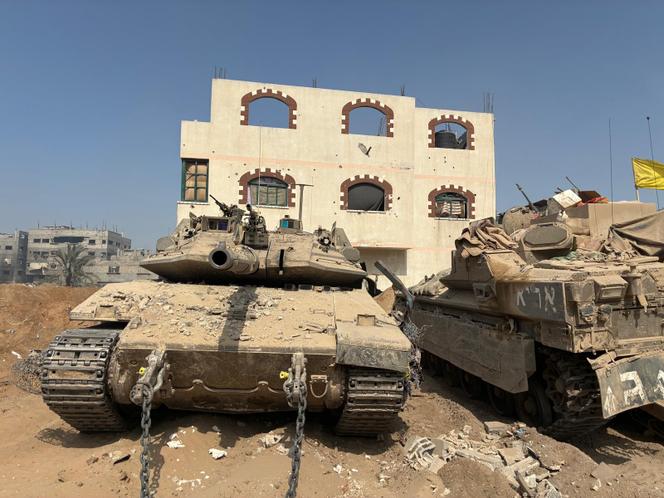


Amid the dust, the military convoy crossed what remains of the Gaza Strip. There was nothing but desolation as far as the eye could see: heaps of rubble, houses pulverized and sometimes flipped over, buildings shattered or missing a floor, a façade or a corner. The scale of destruction hardly seemed real – so absolute and systematic – stretching from the border with Israel near the Kibbutz Beeri to the Mediterranean Sea, six kilometers away, and then north to Gaza City, whose center was slightly less damaged.
On the afternoon of Friday, October 3, just hours before Hamas agreed to release all hostages – and before US President Donald Trump demanded an end to the fighting and the Israeli military announced it was halting offensive operations – about 15 international media outlets, including Le Monde, were granted access for three hours to the part of the enclave controlled by Israel and off-limits to Palestinians under threat of death. This area now covers 82% of the territory, according to the United Nations Office for the Coordination of Humanitarian Affairs (OCHA). The visit was organized and supervised by the Israeli Defense Forces (IDF). Since October 7, 2023, Israel has banned all independent entry of foreign journalists into the Gaza Strip.
You have 84.57% of this article left to read. The rest is for subscribers only.
